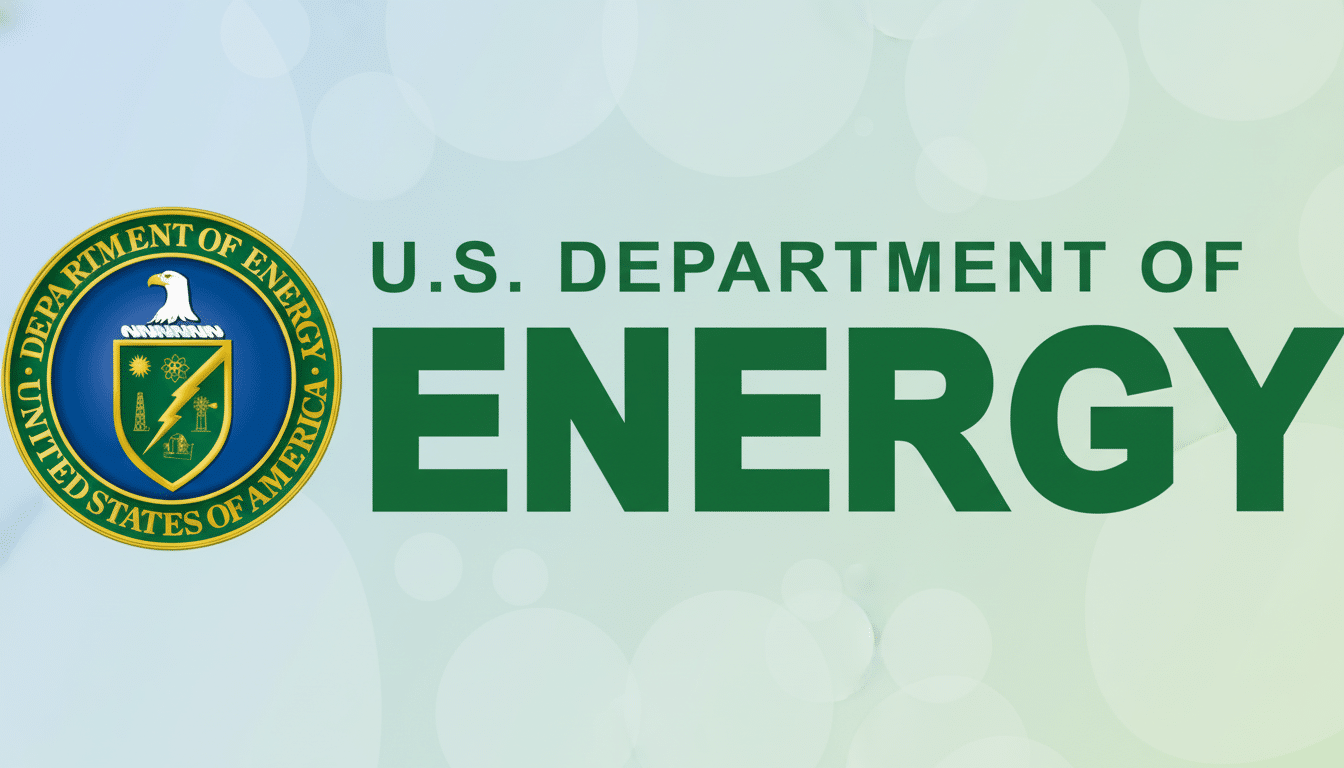The Department of Energy will proceed with a $1.6 billion loan guarantee for an approximately 5,000-mile-long high-voltage transmission line modernization project owned by American Electric Power, representing one of the few times where the current administration upheld an initiative begun during Mr. Biden’s tenure. The package emphasizes building on existing rights-of-way in Indiana, Michigan, Ohio, Oklahoma and West Virginia to increase capacity and relieve congestion without cutting through new swaths of land.
The financing was in its closing stages toward the end of the previous administration and had been under review as part of a broader re-evaluation of energy grants and loans. If allowed to go forward, it sends a pragmatic carve-out message: projects that provide close-at-hand reliability benefits and involve largely low-conflict upgrades that can move faster seem to be okayed.

AEP, one of the nation’s largest transmission owners, believes the effort involves about 13% of its network. The loan guarantee, issued by DOE’s Loan Programs Office (renamed in the Trump era as Energy Dominance Financing Program), lets the utility access lower-cost financing. DOE officials say the more favorable terms will save the company a minimum of $275 million, with ratepayers due for some benefit.
A Loan Guarantee With Swift Grid Impact and Savings
Reconductoring is a quick and cost-effective method to add throughput on the existing towers by swapping out the old wires for new conductors—advanced versions like high-temperature, low-sag designs that can safely move more electricity along the same corridor. It sidesteps the protracted siting battles and environmental reviews that come with new lines, which is a significant advantage in places where public opposition or permitting delays can slow projects for years.
Industry analyses underscore the payoff. The Brattle Group and other grid consultants have found that technologies like reconductoring and its cousin grid-enhancing tech can, in many cases, boost the transfer capacity of expensive lines by double digits, as well as deliver benefits in months or years instead of a decade after they are first installed. Though this AEP package focuses on new wires, similar projects that add so-called dynamic line rating devices—sensors that change the capacity in real time by considering weather—have delivered considerable congestion relief at a low cost.
The stakes are high. Transmission congestion costs across organized markets—now totaling less than $20 billion in recent years—are leading to higher customer bills, and low-cost wind and solar have been curtailed. AEP’s footprint lies at the borders of the PJM, MISO, and SPP markets where you’re especially likely to see transmission constraints manifested through differences in wholesale price spreads.
Why This Program Withstood Administration Scrutiny
The administration has sought to roll back a number of transition-period awards, such as one totaling $467 million in Minnesota aimed at unlocking 28 gigawatts of new generation—predominantly wind and solar—and $250 million in Oregon to connect a slate of renewable projects. It has also singled out a $630 million grant in California’s grid modernization bid to build that state’s grid with advanced conductors and dynamic line ratings, both designed to pull more capacity from existing energy corridors.
So why spare the AEP loan? Three reasons stand out. First, reliability: the North American Electric Reliability Corporation has issued multiple alerts of high risks on the Midwest-Plains grid under peak conditions. Second is customer economics: the guarantee is meant to pass savings on to bills by cutting borrowing costs. Third, fiscal optics: A loan guarantee—the Loan Programs Office has averaged about a 3 percent loss rate historically—is easier to justify favorably than is a direct grant, especially in cases where upgrades have no new routes or eminent domain.

The political math, too, is stacked in favor of incremental victories. Reconductoring provides tangible capacity gains without the years-long controversy that often plagues long-distance lines, and is a neat middle way between doing nothing or undertaking big headline-grabbing build-outs.
Implications For Rates Reliability And Renewables
Power prices in the project area already have a tendency to fall below the national average, according to data from the U.S. Energy Information Administration. Still, customers are experiencing the sting from congestion charges and reliability must-run costs when the grid is tight. More production capacity can back up peak demand, stabilize price spikes, and attenuate the constriction of wind and solar production in resource-rich areas.
Speed matters. Reconductored projects can be planned and built on a time scale of quarters rather than years, whereas large greenfield transmission lines often require the better part of a decade to get permitted and constructed. That pace of progress jibes with warnings from grid operators and reliability planners that capacity additions and load growth—driven by data centers, electrification and reshoring of industry—are outstripping today’s transmission capacity.
The move is also consistent with continuing federal rulemakings. Recent Federal Energy Regulatory Commission orders seek to promote better long-term transmission planning and clarify backstop siting authority. Near-term upgrades like AEP’s can help narrow the gap while wider reforms take hold.
A Narrow but Prominent Policy Signal on Transmission
This doesn’t mean an acceptance in full of its predecessor’s grid agenda, not least because larger grants are on the chopping block. But it does indicate that the administration is open to backing targeted, low-friction efforts promising reliability and bill savings, even if they are limited in scope.
For both utilities and developers, the message is clear: incremental capacity expansions using existing corridors with consumer benefits are the most likely to get federal support. Whether it extends to meatier, multi-state transmission projects will determine how soon the U.S. can tamp down on congestion, integrate new generation and accommodate growing demand while keeping costs in control.

